
Welcome to another Indian Cooking 101 Class (read about my Indian Cooking 101 series here). I am your “professor” Ashley Singh Thomas (I use the title “professor” very loosely here, heh). Today’s post is about the different types of legumes used in Indian cooking (scroll down to see large photos of each type of dal).
Before we get started, please know these are just some of the legumes used in Indian cooking. I’ll update this post as I continue to add recipes to my blog, calling for different legumes.
What is the difference between legumes, pulses, lentils, beans?
Everything I just mentioned falls under the legume family. Pulses are dried seeds (which include dried lentils and dried beans). So everything you see in this post is considered a pulse, and all pulses are considered legumes (but not all legumes are pulses… that’s not really important right now but just FYI).
This is just extra information that I’m sharing with you because I know there have to be a few of you wondering. No one uses the word pulse in real life though (right?), so feel free to forget this information as I doubt you’ll need it in the “real world.”
What is Dal?
Dal has two meanings.
- Dal translates to lentil.
- Dal is also a lentil-based dish.
Let’s use dal in a sentence! So, I might say to my husband, “Roby dear, can you pick up some dal from the Indian grocery store after work so that I can make you dal for dinner tonight?”
Typically I’d be more specific and would ask him to pick up a particular type of dal (like masoor or chana dal). Basically, you need dal (lentil) to make dal (lentil soup).
While you can make a dal out of any pulse, typically, the word “dal” only shows up in the name of a pulse if it is a split lentil. For example, chana dal = split chickpeas, whereas if I am referring to whole chickpeas, I would say chana or chole. I would not say I am making chole dal.
One more interesting thing to know about legumes used in Indian cooking is that the same legume can be used in several different ways: whole, split, with the “skin” on and with the “skin” off. A good example of this are the last three photos of legumes in this blog post, which all actually come from the same black legume: whole black lentils (whole urad dal), whole skinless black lentils (whole skinless urad dal), split and skinless black lentils (split and skinless urad dal).
All you really need to know:
I don’t want to be one of those professors who bombards you with material that isn’t ever going to show up on an exam. Let’s prepare you for your real-life legume exam – you know, the one you’ll be taking as you cruise through the aisles at your local Indian grocery store.
The ONLY thing you need to take away from this “lesson” is what these legumes look like so that when you go to the store, you can figure out what to buy. And the good thing is that these days a lot of packaging has the English name of the legume listed.
Okay before we get to it I have to plug my book – I have several different types of dal recipes in my cookbook which is available here: Indian Food Under Pressure (apparently I am also one of those professors who uses her own book in class and refers to it often…) 😂
Black-Eyed Peas
Other Names: Lobia, Cow Pea, Chawli, Raungi
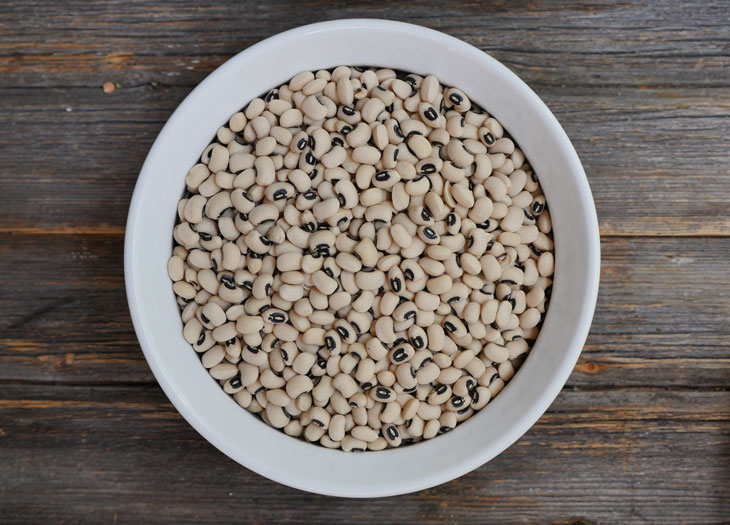
Recipes that call for Black-Eyed Peas:
Chickpeas
Other Names: Garbanzo Beans, Kabuli Chana, Safed Chana, Chana, Chitte Chole, Chole
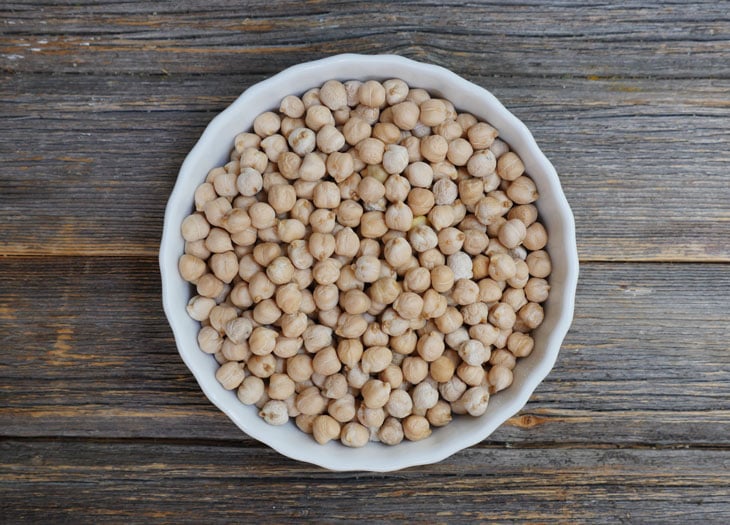
Recipes that call for Chickpeas:
Brown Chickpeas (Kala Chana)
Other Names: Bengal Gram, Desi Chickpeas
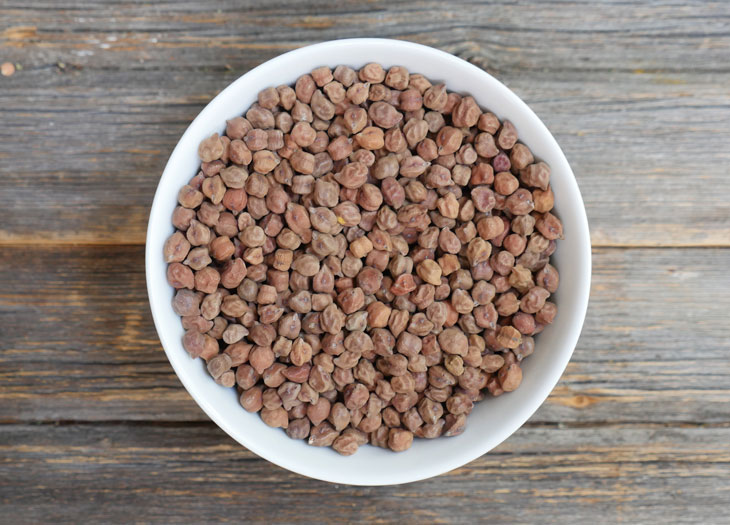
These brown chickpeas are more nutty in flavor than garbanzo beans.
Recipes that call for Brown Chickpeas:
Split Chickpeas (Chana Dal)
Other Names: Split Bengal Gram, Split Desi Chickpeas
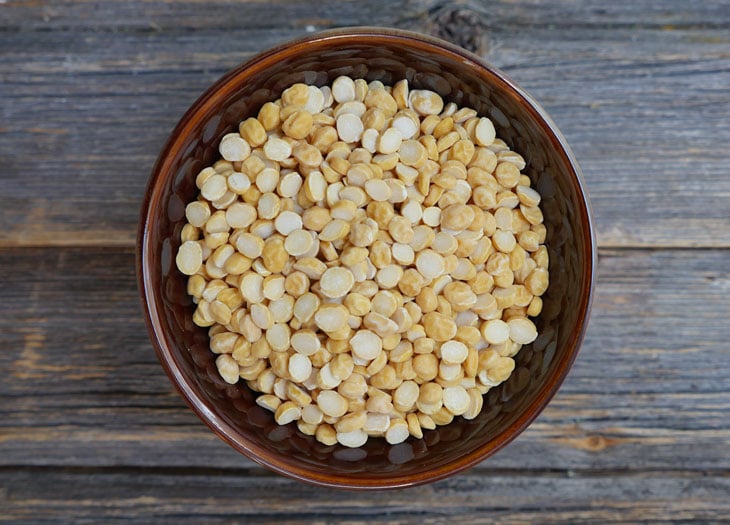
When you split and skin brown chickpeas (the photo above this one), you get chana dal. This yellow lentil is what’s inside brown chickpeas (kala chana). Besan, known as chickpea flour, is made using chana dal, whereas chickpea flour in American grocery stores is made using garbanzo beans.
Recipes that call for Split Chickpeas/Chana Dal:
Recipes that call for Besan (Chana Dal Flour):
Whole Mung Beans
Other Names: Green Gram, Sabut Moong, Green Moong
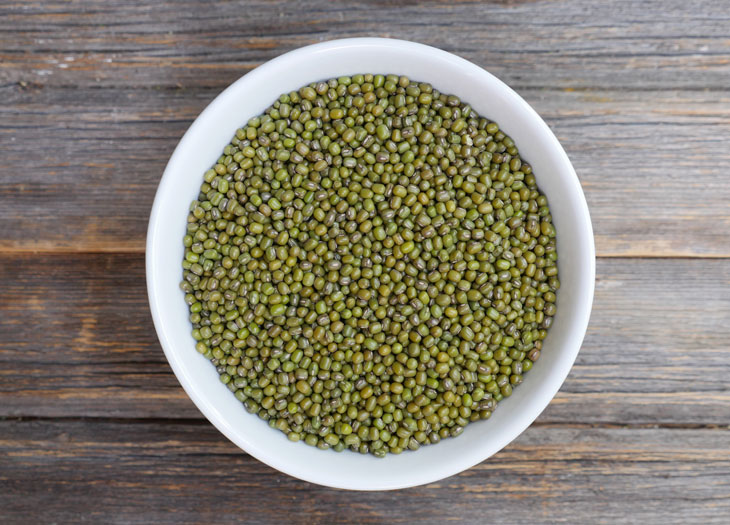
Recipes that call for Whole Mung Beans:
Small Yellow Lentils (Moong Dal)
Other names = yellow split mung beans
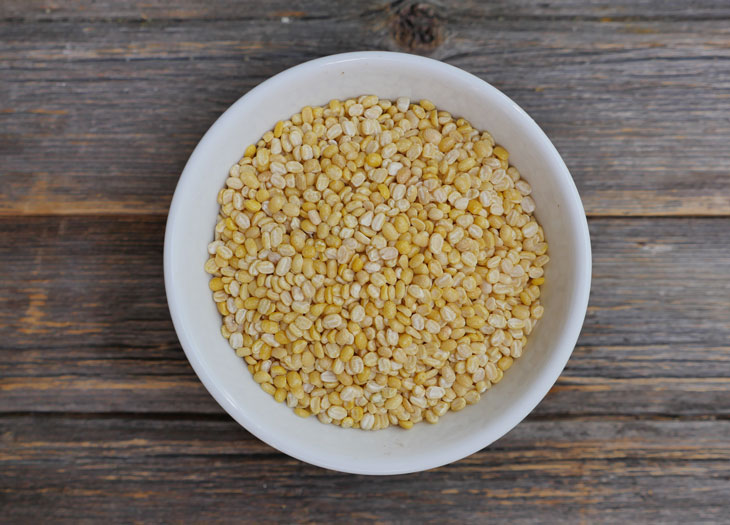
When you split a whole mung bean (the green lentil photo above this one), you get moong dal. This tiny yellow lentil is what’s inside whole moong (green lentil).
Recipes that call for Small Yellow Lentils/Moong Dal:
Split Pigeon Peas (Toor Dal)
Other names = tuvar, arhar
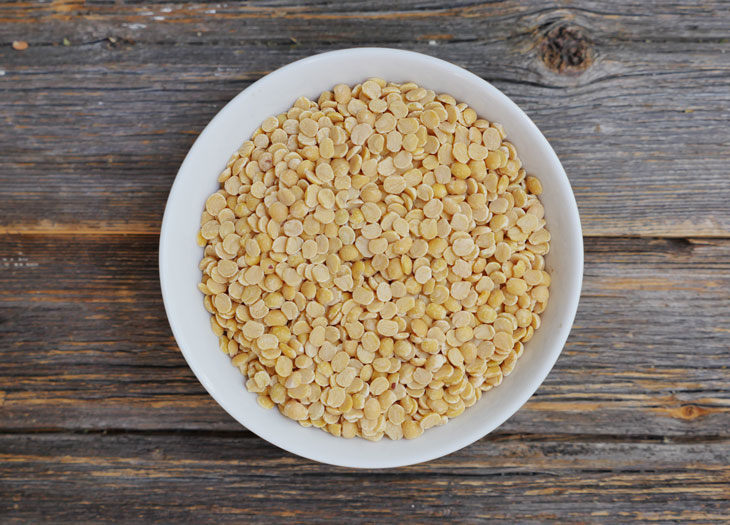
Recipes that call for Split Pigeon Peas/Toor Dal:
Kidney Beans
Other Names: Rajma
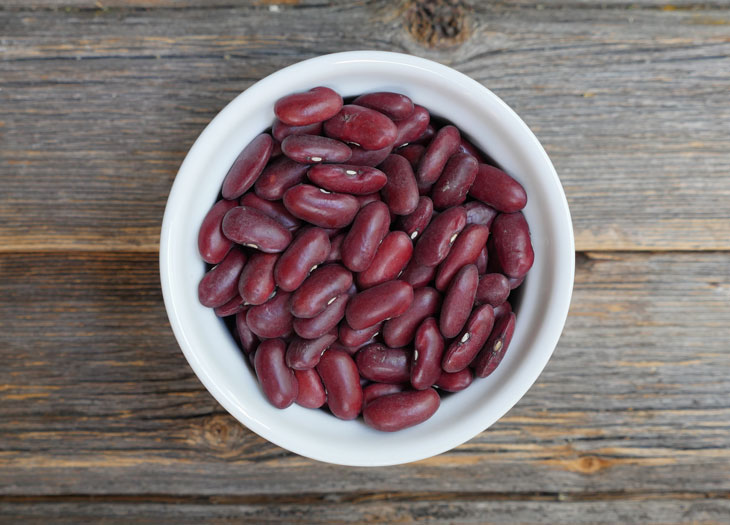
Recipes that call for Kidney Beans:
- Rajma
- American Chili (not Indian)
Red Lentils (Masoor Dal)
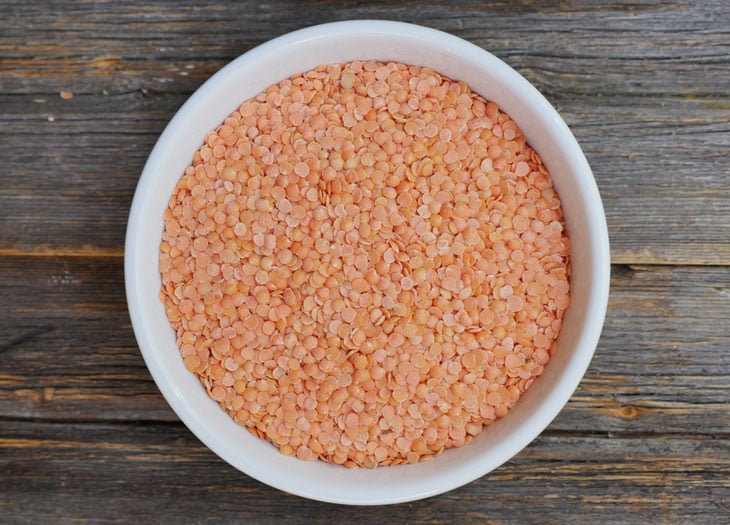
Recipes that call for Masoor Dal:
Whole Black Lentils (Whole Urad Dal)
Other Names: Black Gram, Maa ki Dal
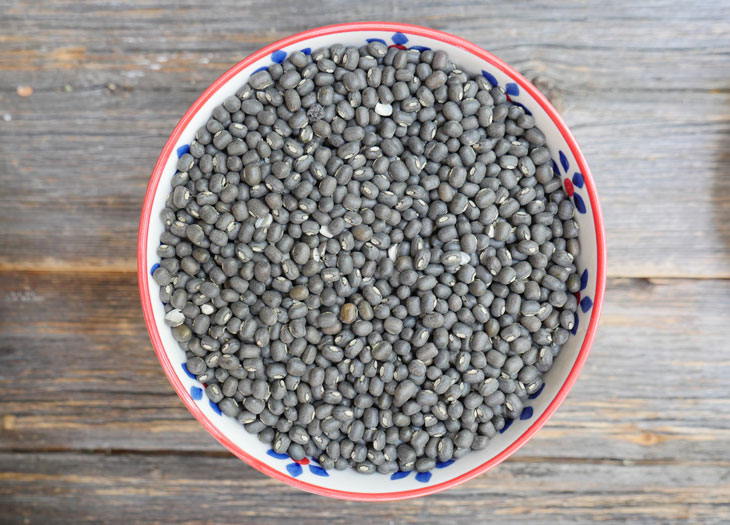
Recipes that call for Whole Black Lentils (Whole Urad Dal):
Whole Skinless Black Lentils (Whole Skinless Urad Dal)
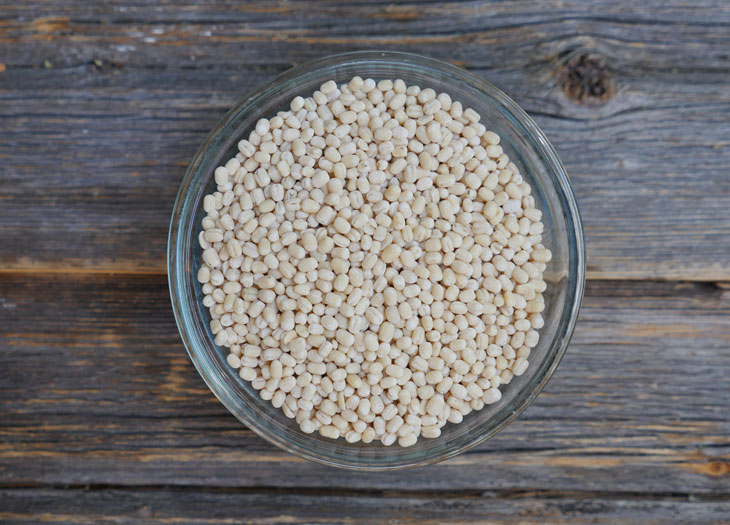
Recipes that call for Whole Skinless Black Lentils (Whole Skinless Urad Dal):
Split and Skinless Black Lentils (Split and Skinless Urad Dal)
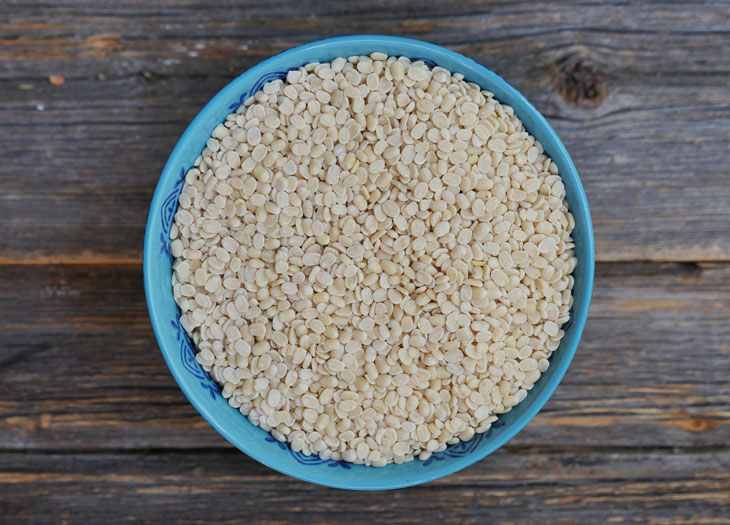

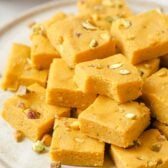
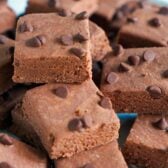
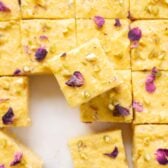
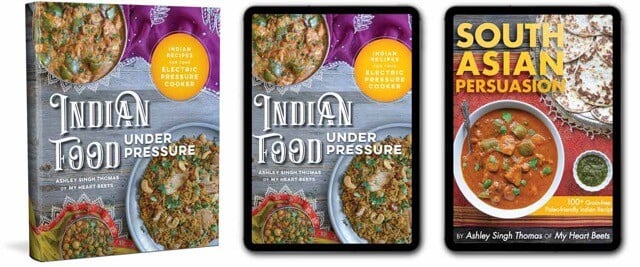

Bhavya says
Thank you for sharing
C says
Most dals aren’t lentils. Lentils refer to the seeds of the species Vicia lens. Chickpeas, mung beans, and many other beans are not lentils, but if split they are dals. All lentils can be dals, but not all dals are lentils.
Rakesh Godara says
A big thank you for making things so clear and simple. You explained so nicely. Look like you have done good homework. I am sure this post is a one stop solution for lentils,legumes, beans and ofcourse DAL.
Ashley - My Heart Beets says
Thanks Rakesh!
Gord says
My first visit to this site it looks just what i want to make India food. I have tried many before with lots of disappointment’s let’s hope this sit works it looks very interesting.
Ashley - My Heart Beets says
I hope you love the recipes you try!
Cassia says
Thank you so much for this article!
Velia Avalos says
I am fascinated by the different properties of all of these beans and lentils. I am Whole-food Plant Based and I am vert interested in Indian recipes. I found a treasure in your website.
Ashley - My Heart Beets says
Glad you’re enjoying my website, Velia 🙂
John Marshall says
Brilliant information and recipes too. Time to put the IP to more work, Use it permanently (daily).
Thank you.
Ashley - My Heart Beets says
Happy to hear that!
Indian cook wannabe says
thank you for this! Could you do a post on substitutions in recipes?
Angela Rodriguez says
I was gifted your cookbook for my birthday in Feb 2020. Exploring all the wonderful recipes and cooking through the ENTIRE book got us through lockdown #1 and not eating out. Now we are eating Indian food at home at least once if not twice a week and requests for certain favorites are now common from my kids and husband. I was excited to stumble upon large bags of different legumes at Costco (pigeon peas, mung beans, etc) and have used them all but I am confused what I can use these for? https://imgur.com/a/NLXVMKx
Is this same as Urad Dal you mention above? Are there other recipes these can be used for?
Ashley - My Heart Beets says
Angela, that’s so great to hear! I’m glad you found the book and recipes useful 🙂 Love that you’re eating Indian food at home so often! And wow – I haven’t seen legumes at Costco, where are you located? That’s amazing. This type of dal is often used when making Idli/Dosa batter. I’m sure you can make dal with it too – the same way you’d make dal with black urad with the skin on – it’ll likely just melt/not keep its shape as well but I’m sure still be delicious.
CYN says
Thank you so much for this!
A story I read about diets for diabetic dogs, where the author insisted chana dal was the truth and the way, eventually led me here because, as we now know, this doesn’t really tell us enough (or me, ‘being OCD’.)’Okay then, but why not the whole chickpea?’ And then, which exact garbanzo are we talking, do you think? Did she mean then Desi Chana Dal (Des dal for short?) And hey, why not while I’m here: Which is better for felafal?
Fast forward: Might you be abe to tell me which type and/or version of chick pea would be the least glycemic? Avoiding sugar or it’s triggers is our objective here.
Cheers!
Ashish says
Chana Dal is processed from whole chickpeas at an early stage and then split polished. It has different properties versus whole chickpeas. They aren’t really substitutes for each other, either in flavour or taste.
Chana Dal is also referred as Bengal Gram and hence the flour made from it (Besan) is called Gram Flour.
For an authentic Falafel recipe, you will need whole chickpeas (white / kabuli).
Finally, to the glycaemic index (GI) for lentils: all of them score low on GI but Chana Dal has a very low score of 8, hence the suggestion by the doctor. In comparison, whole chickpeas have GI of 33
Ashley - My Heart Beets says
Thanks, Ashish! Just want to add that chana dal is made from brown chickpeas (different from garbanzo white chickpeas) 🙂
RJC says
This is great info, along with the original post. Ashish, would you tell us a little about yourself? Do you have an online presence? Thanks!
Arshia says
Very nice Info. Thanks.
M says
As someone who has inherited every single one of these in a glorious pantry from 2 moms, and is completely unsure of how to use 95% of them, this is an invaluable post. Thank you.
My Heart Beets says
I’m so glad you found this post useful 🙂 I hope you’ll let me know what you think of any recipes you try!
Andre says
Wow just what I was looking for! I’m interested in South Asian cuisine and I often stumble upon the non-english name of the legumes so this page will be very helpful. Thank you so much 🙂
My Heart Beets says
Hi Andre, I’m happy to hear that you found this useful 🙂
Bhuvi says
You forgot the Queen (Mallika) of Dals – Malka – Whole Red Lentils! And the most common ones when you think of the word ‘Lentil’.
Mallika Bachan says
> Dal translates to lentil
This is incorrect. It may be so translated by Indians who are unfamiliar with what lentil (lens-shaped seeds) actually refers to.
Lentil translates only to masoor.
Dal translates better to pulses – however, as you say, pulse can be an unfamiliar word, in the English-speakimg world
Kim says
Pedantic, aren’t we?
Ritesh Sharma says
Great post, a well-researched blog on Indian dal.
Thanks for sharing this with us.
My Heart Beets says
Ritesh, glad you liked it!
Linda says
Hi Ashley, my MIL makes dal using “moth beans”. Do you have a recommendation for something similar to that?
Reva says
Thank you Ashley. Good information.. Though I grew up eating/cooking these dals, I never noticed few things…
Like ‘dal’ being used only when its split and not when its whole.
My Heart Beets says
Thanks Reva! Glad you found this helpful 🙂
Susan says
Hi! I enjoy your information.* Have you heard of, (I’m sure you have) KITCHARI? I saw it on Facebook, by a person I follow, & it sounds so good for me…..made with split mung beans & with rice……So glad to see other recipes under each bean,lentil, legume. Thanks!*
My Heart Beets says
Hi Susan! Yup and I have a recipe for it on my blog 🙂 You can find that here: https://myheartbeets.com/instant-pot-khichdi-rice-lentil-porridge/
Sharmeen says
Hi. Thanks for this. What are green and brown lentils called in India? Would the brown lentils be the brown mansoor dal?
My Heart Beets says
Hi Sharmeen, yes the whole brownish-green lentils are called whole masoor – I need to get a photo of those in this post!
Michelle says
Is there any reason I shouldn’t substitute split dal with skin instead of whole lentils, to keep the skin flavor but reduce the cooking time for my dals?
Kathy F says
Thank you so much for this! I didn’t realize there were so many types of dal. I was just going by looks (small, yellow, split in 1/2) but now I know why my dal doesn’t taste like my mother-in-law’s – I’ve been using the wrong type of dal.
We have loved every recipe we’ve tried on your website. After 15 years of marriage, my husband no longer has to fly home to see Mummy or go to a restaurant to eat good Indian food. Thank you, thank you, thank you! (Plus now maybe I’ll impress my MIL when she comes to visit!)
My Heart Beets says
Kathy, I’m so glad it helped you! And happy to hear that you and your hubby like the recipes 🙂 I hope they impress your MIL too – please let me know!
Dan says
Thank you for providing such a helpful resource. Do you have a good, reliable source for gluten-free urad dal and other lentils? My son has food allergies to gluten and sesame and I’m constantly on the hunt for new, safe sources for ingredients.
Lentils and other legumes are often contaminated with gluten because farmers rotate them with wheat, barley, and rye, and use the same farm equipment, storage areas, and transportation in their production. The same usually occurs throughout the supply chain as the legumes pass between various distributors and middlemen. For that reason we haven’t been able to rely upon lentils or other legumes supplied in stores.
We’ve found Edison Grainery for some lentils and legumes, but they don’t have urad dal and some of the other dal varieties you list above. Thanks in advance for any assistance you can provide.
My Heart Beets says
Hi Dan, I typically buy 24 mantra organic because that’s what they sell at my local Indian grocery store – since all lentils are naturally gluten-free I didn’t even realize anyone sold certified gluten free lentils. Do you soak and rinse the lentils? If so, do you find you find your son still has issues with legumes? I wonder if Bob’s Red Mill would be a good option? Sorry I’m not of more help with this – please send over any information you find!
Donna S says
Ashley – can brown chickpeas be subbed in for regular chickpeas? Just curious, really. Any nutritional differences between the 2, or is the nuttier flavour really the only difference?
Thanks,
Donna
My Heart Beets says
Hi Donna, they both cook in about the same amount of time so you should be able to sub brown chickpeas for regular chickpeas. Brown chickpeas are dense and hearty compared to regular chickpeas which are soft so the texture will be different. You can’t squish a brown chickpea the way you’d be able to squish a regular chickpea, if that makes sense. As for nutritional differences, I’m not sure – I can only really speak to the flavor. Hope that helps!
Jean Heath says
Thank you for this, most interesting.
My Heart Beets says
Glad to hear that! 🙂